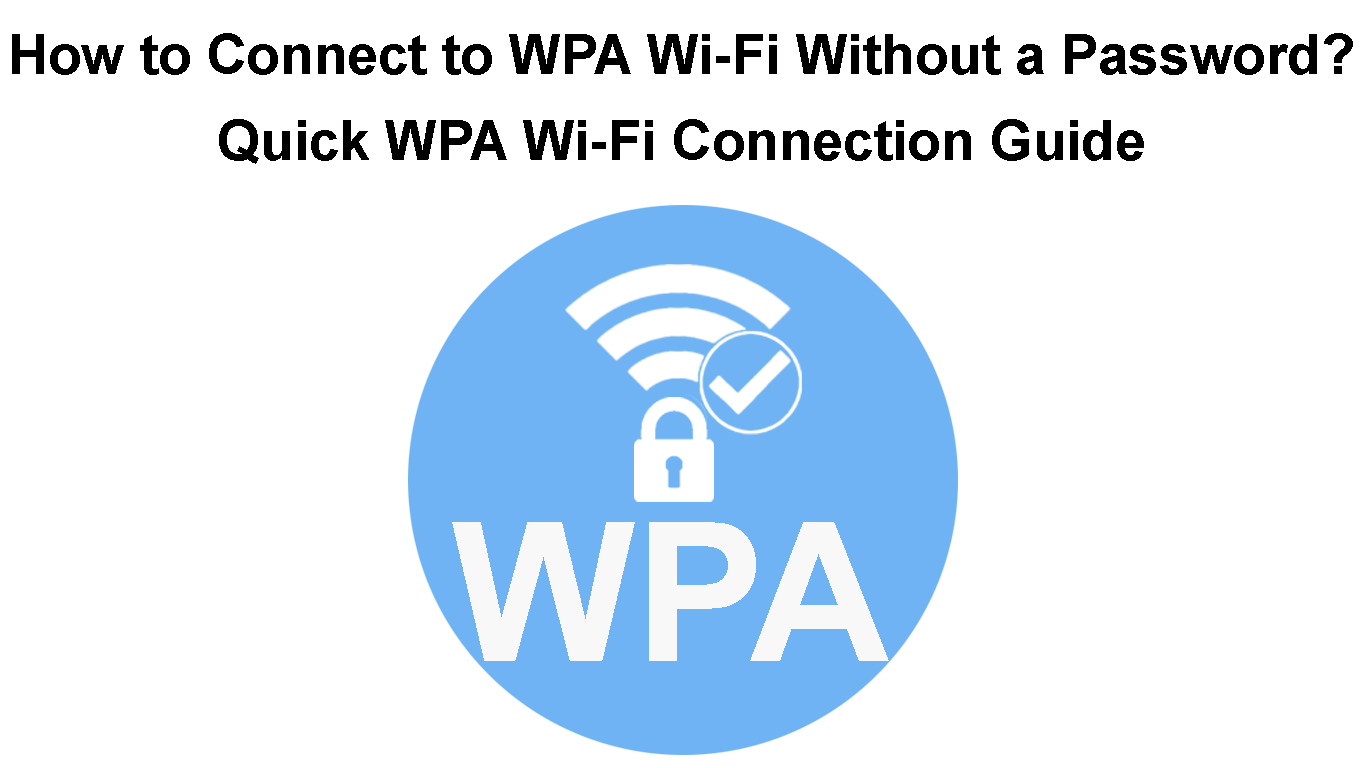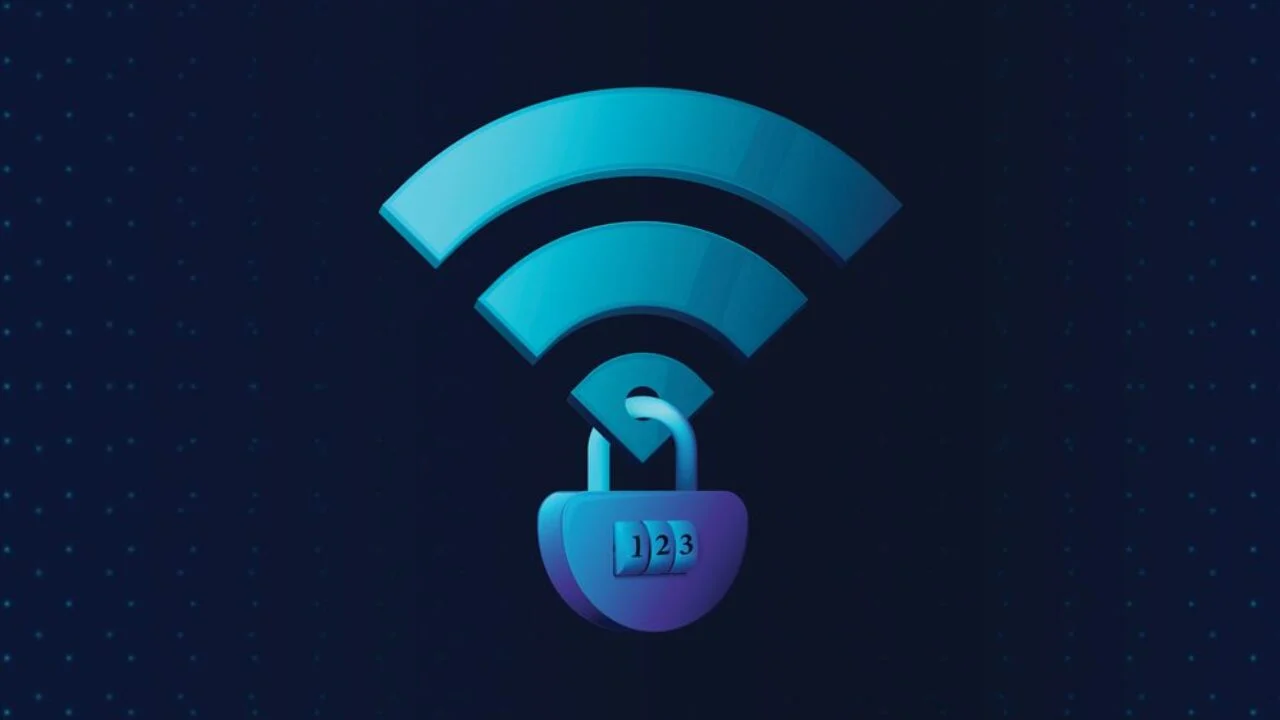Secure Wi-Fi Without The Need For A Password
Secure Wi-Fi Without The Need For A Password Users Of Personal Computers And Smartphones, Regardless Of Wireless Networks’ Advantages, Have Always Caused Problems, Including Security Issues. 
Wi-Fi internet access is a great advantage, whether at home, work, or public facilities, but you still have to deal with passwords and access point restrictions to use it.
One of these problems may be solved in the not-too-distant future: the elites of MIT University have achieved a way to eliminate the need to use a password without compromising the security of a Wi-Fi network, and I deleted it.
The computer science department and artificial intelligence laboratory researchers have found a method to identify and check the identity of Wi-Fi users so that they no longer need to use passwords to enter their network.
This technology considers a specific range for each user in a particular area, which performs the same task of entering the password for that Wi-Fi network. If this system recognizes you are in this range, you can access this network and use its services.
According to this research, the Chronos system is so intelligent that it can recognize the difference between the people in a coffee shop and those who are busy outside. The router in this coffee shop only serves the users in this environment.
Allows access to the Internet.
Chronos calculates the time it takes for data to reach the user’s access point and uses several Wi-Fi bands for these measurements. After determining the user’s location, the router decides whether to allow the user to access the Internet.
Researchers say this technology is 20 times more accurate than other existing technologies. In tests conducted at home, Chronos detected the user’s location in 94 percent of cases.
This system could distinguish customers from passers-by in 97% of patients in a coffee shop. To further increase the security of Wi-Fi hotspots, Chronos can be used for other purposes, including keeping flying robots safe from humans.
The only drawback of using this solution is that it requires access to the user’s location all the time, which potentially causes concerns about protecting people’s privacy.
**Unlock WiFi Access Without a Password: WPS & QR Code Methods to Secure Wi-Fi**

**WPS (WiFi Protected Setup)**:
1. Open your smartphone’s settings.
2. Navigate to the network and internet section.
3. Go to WiFi settings and open advanced options.
4. Select “Connect via WPS.”
5. Activate the WPS protocol.
6. Press the WPS button on your router within 30 seconds.
7. Your phone will connect to the WiFi network without needing a password.
**QR Code Method**:
1. Open your smartphone’s settings app.
2. Go to network and internet.
3. Tap on “Add network” and select the QR code icon.
4. Use your camera to scan a QR code for WiFi access.
5. If there’s no QR code available, ask the WiFi owner for one.
6. Once scanned, your device will connect to the WiFi network.
**DDP (Device Provisioning Protocol) Method**:
**For Android Devices**:
1. Open the settings app and go to network & internet.
2. Choose WiFi and open the QR code scanner.
3. Use your smartphone as the configurator to scan any device with a QR code.
**For Apple Devices**:
1. Open the camera app.
2. Scan the QR code on the configurator.
3. Tap “Join Network.”
**Why WiFi is Essential**:
– The internet is now an integral part of our lives, from professional commitments to personal relationships.
– Modern businesses are moving online, with hybrid work models and online learning becoming prevalent.
– A robust WiFi connection supports productivity and maintains our daily routines.
**Airtel Xstream: No Speed Test Needed!**:
– Switch to Airtel Xstream for seamless browsing.
– Enjoy hyper-fast internet speeds up to 1 Gbps.
– With Airtel’s reliable service, you’ll never need to conduct speed tests again.

